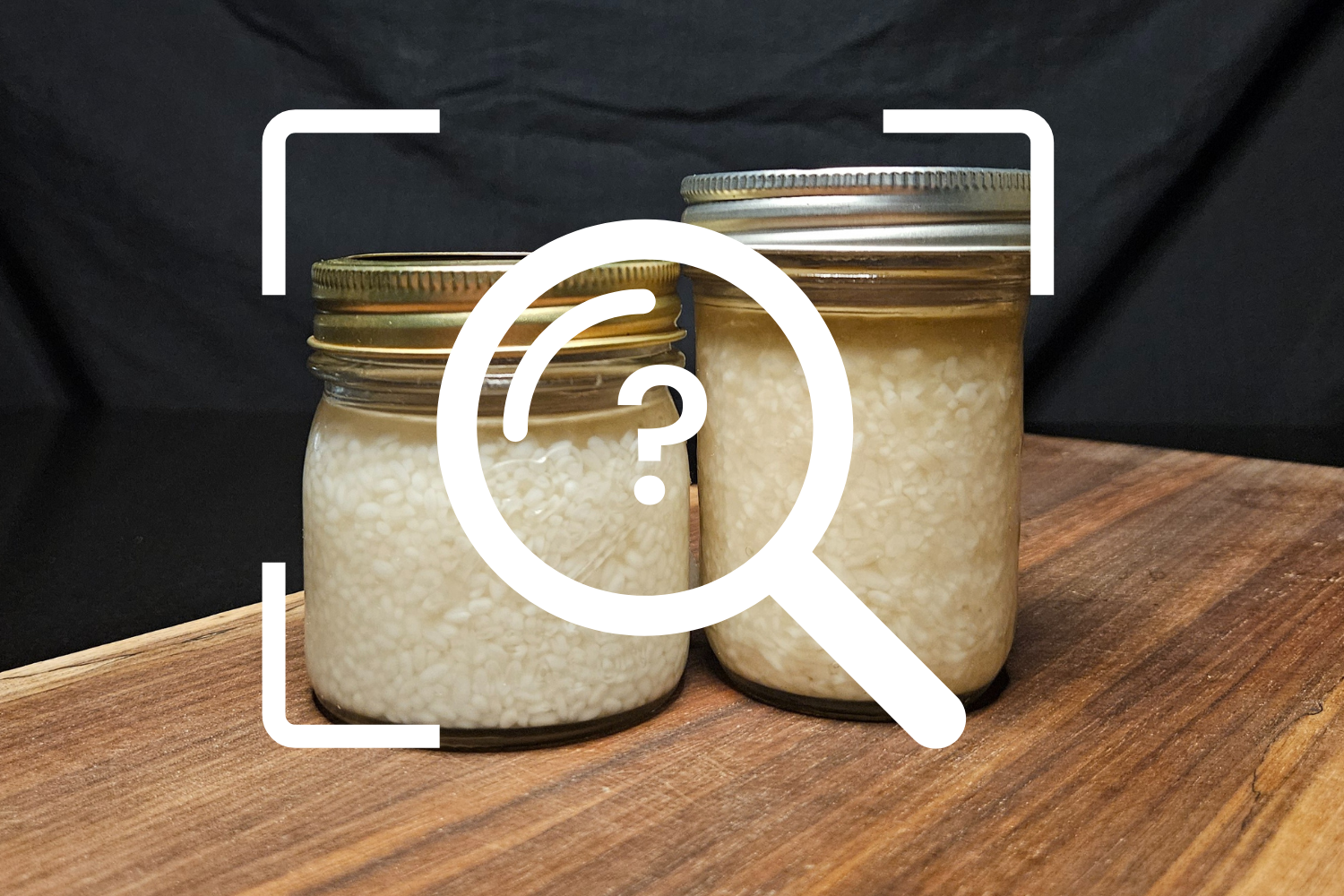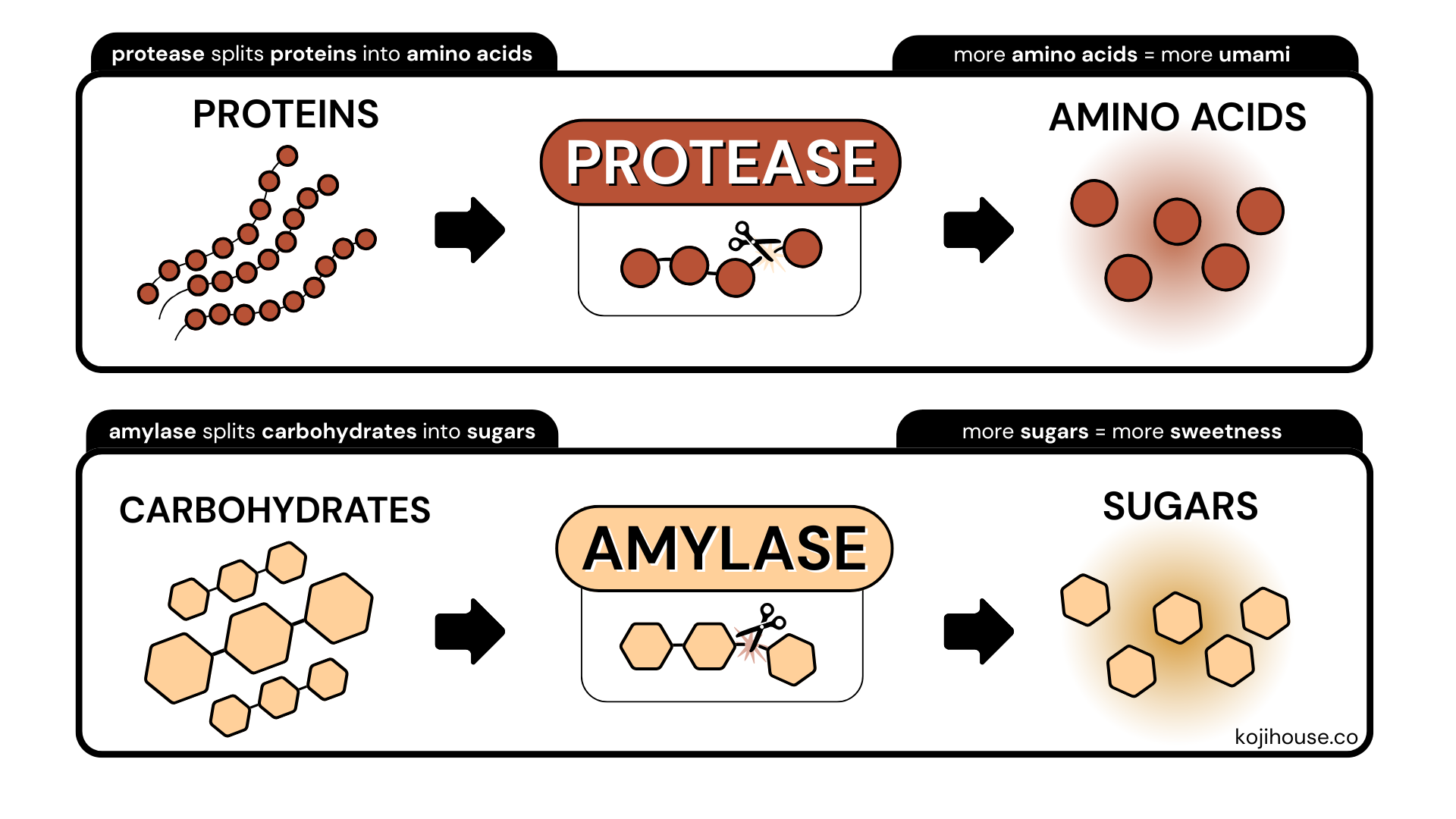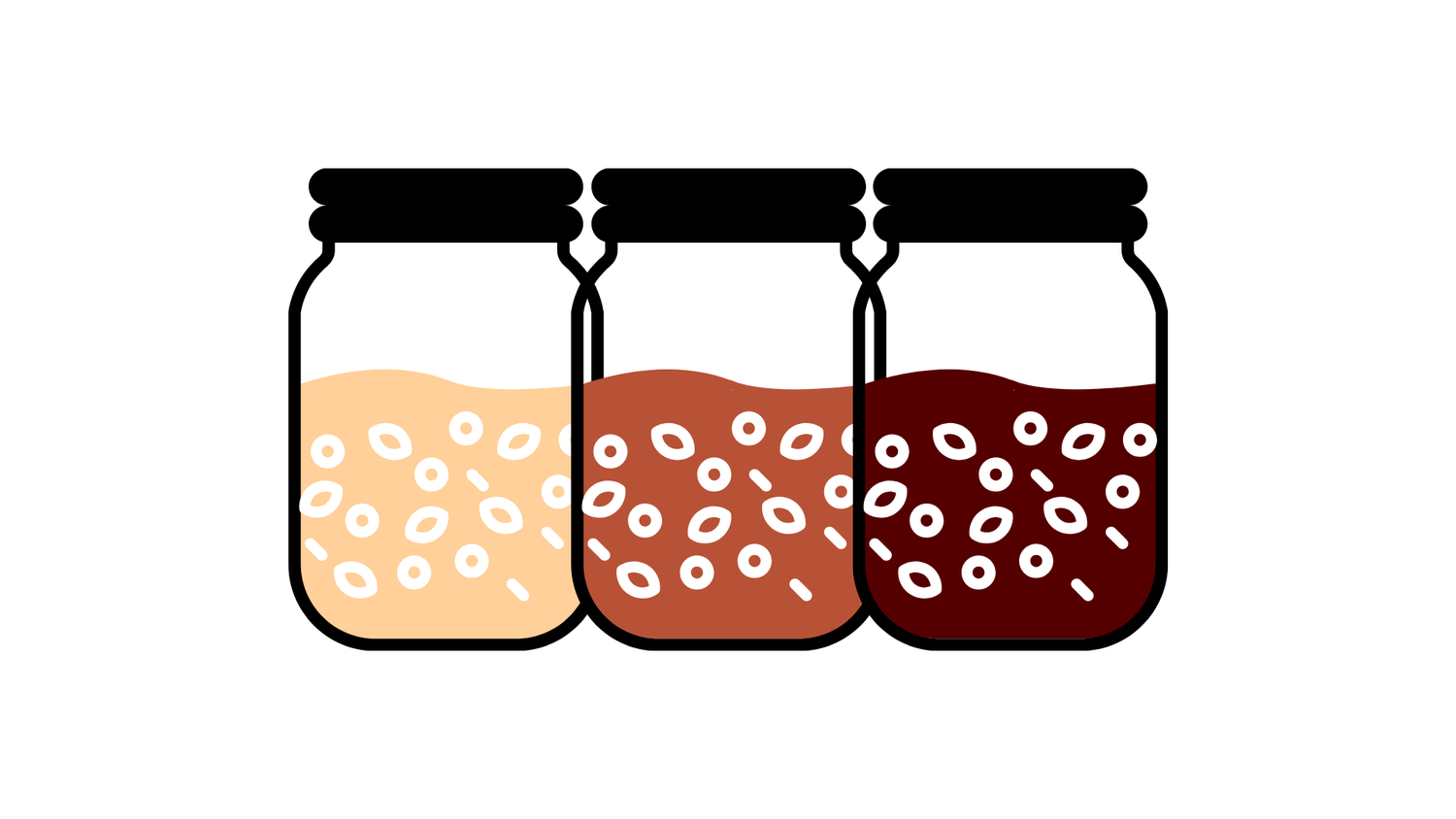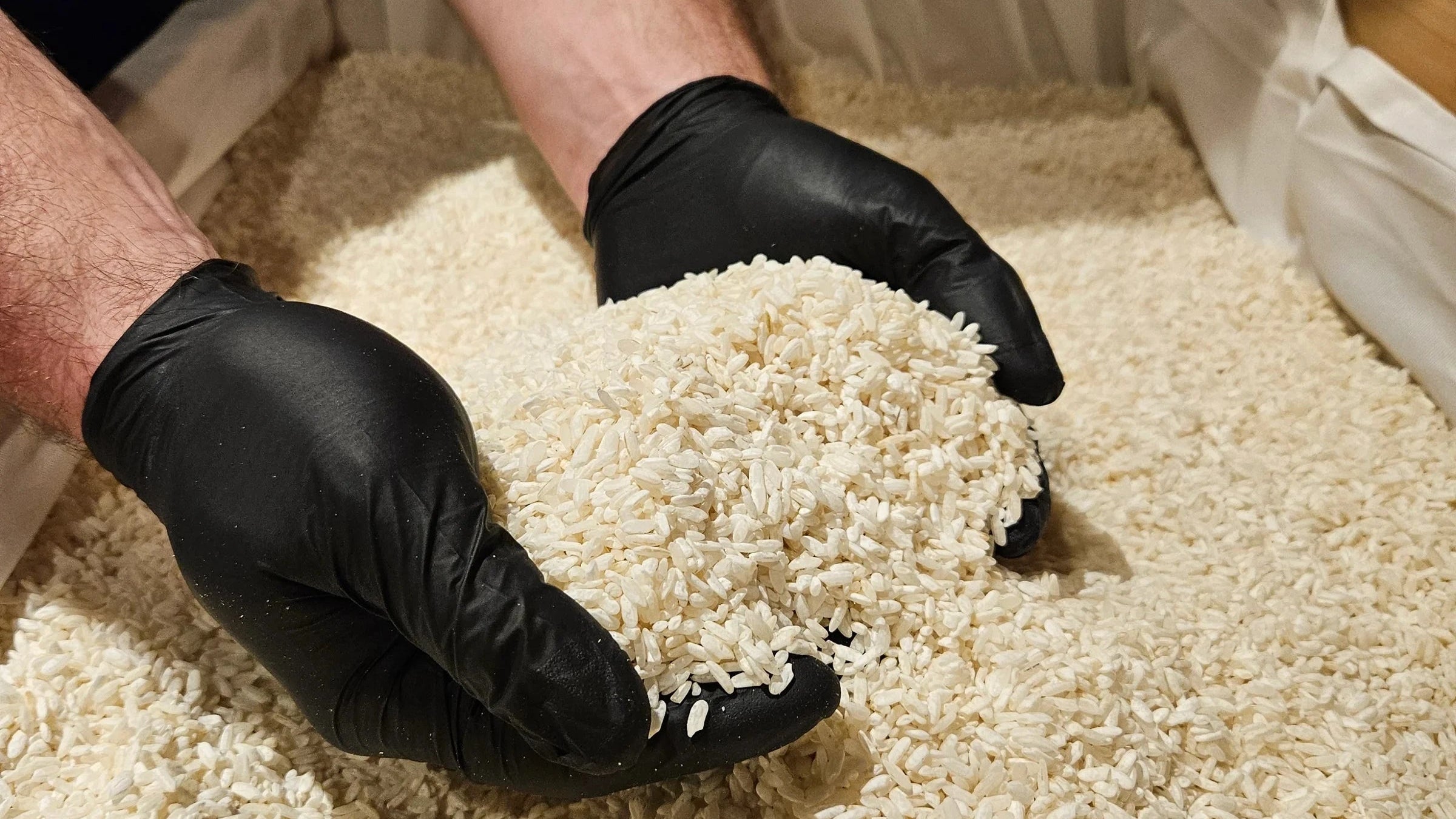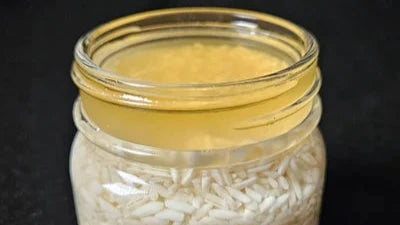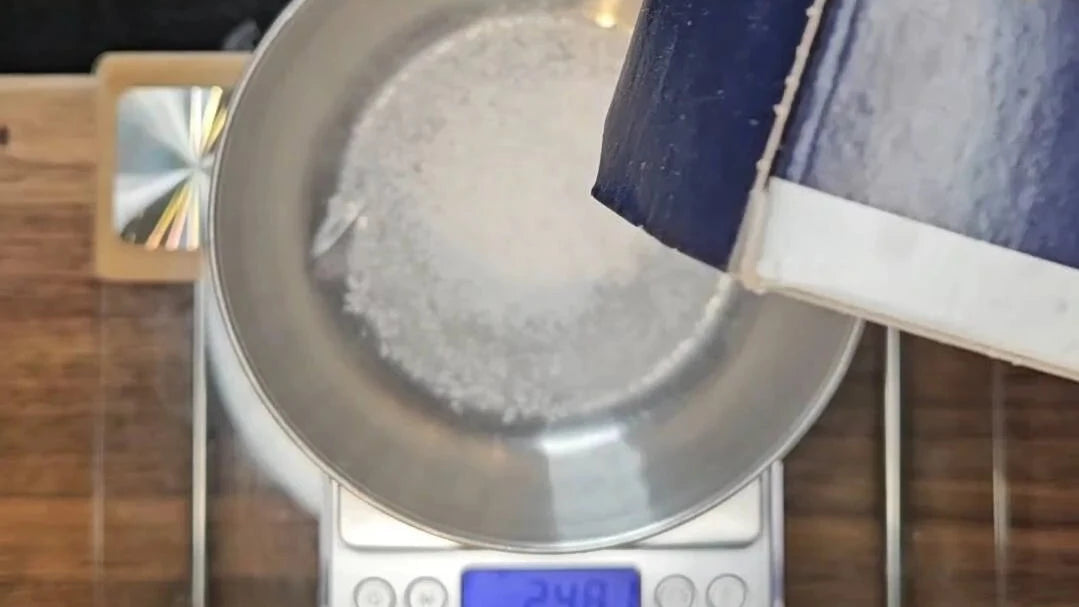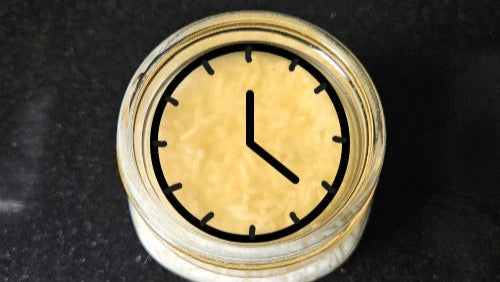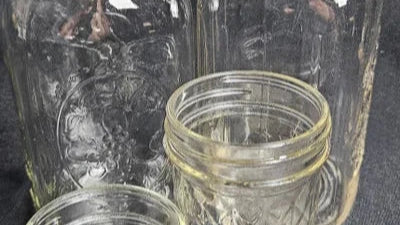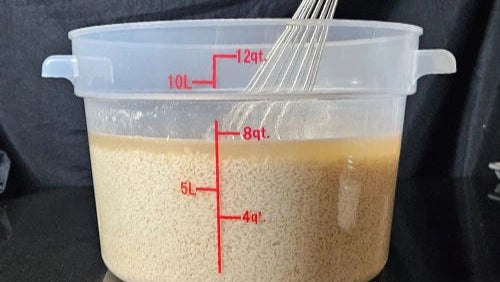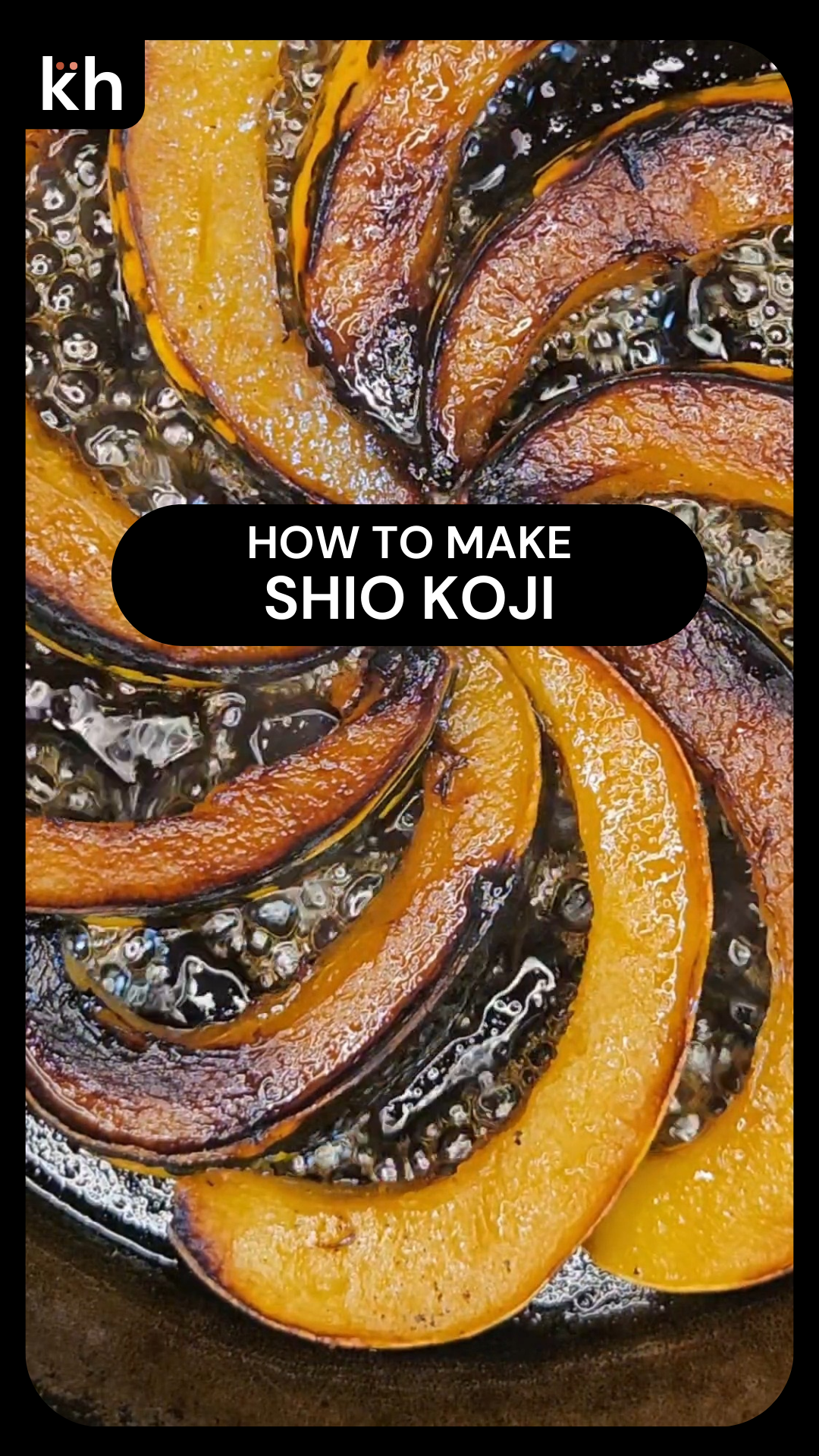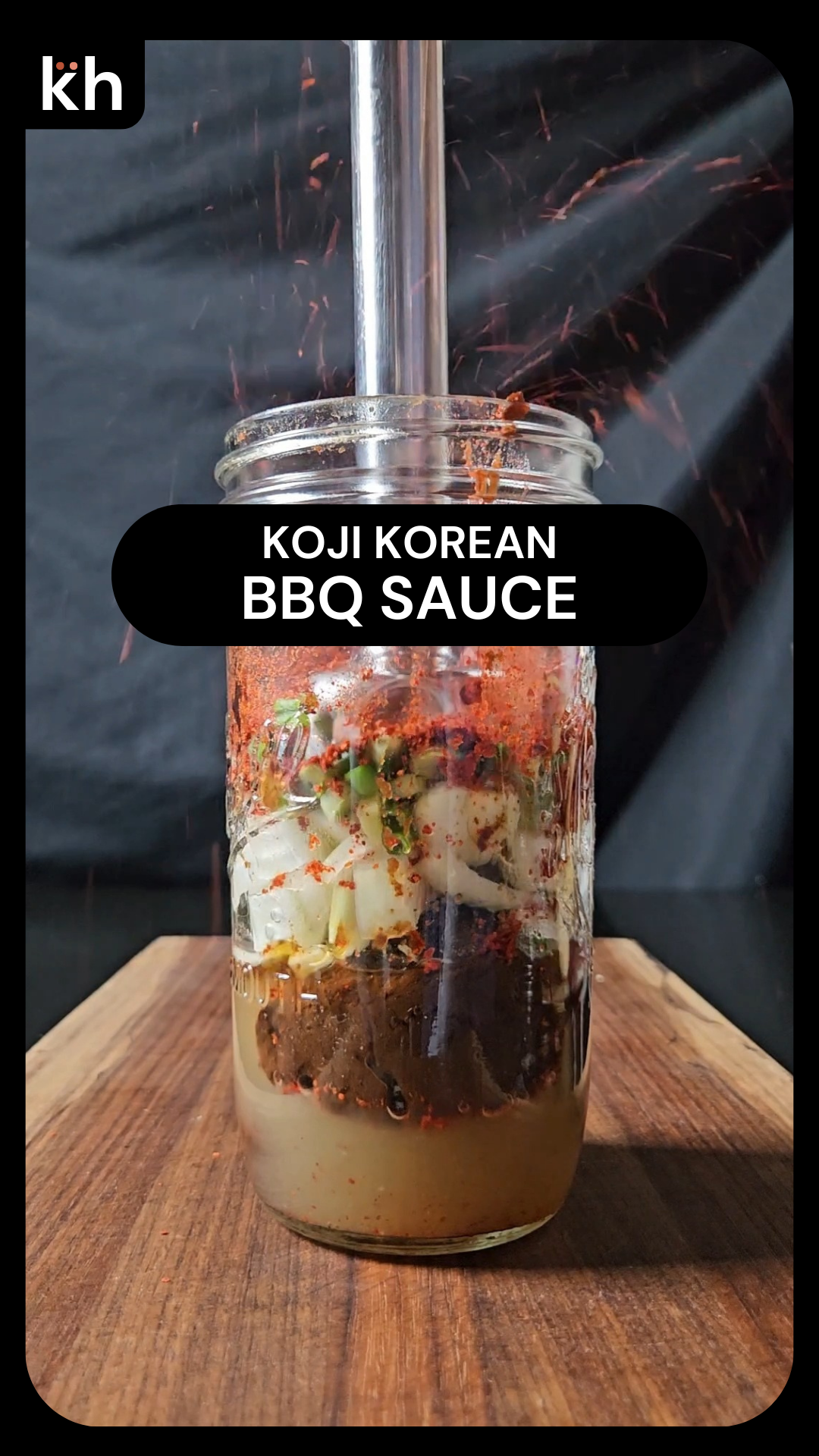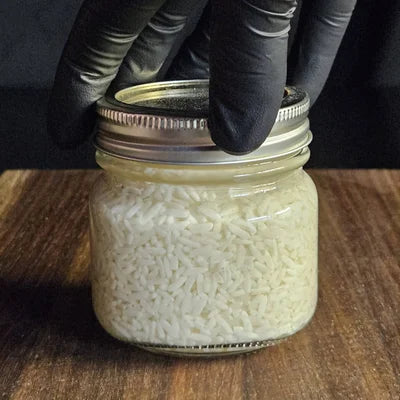
How to Make Shio Koji
Share this recipe with a curious cook!
Shio koji - savory, simple, and incredibly transformative.
Shio koji is a relatively new invention, with it first being commercialized in Japan in 2007. It's a simple ferment of rice koji, water, and salt. "Shio" directly translates to "salt". Think of shio koji as the new, savory counterpart to amazake - but don't let that limit how you use them! Amazake can be used with savory ingredients in the same way shio koji can be used with sweet ingredients. The possibilities are endless.
NOTE: All ferments, by nature, will be completely unique. And that's a beautiful thing! Ferment times are relative to ambient temperature, humidity, and freshness of ingredients - keep an open mind and taste your ferments as they age to see what you like best! The world (and kitchen) is your oyster.
Prep Time: 5 minutes
Ferment Time: 1-3 weeks (or as long as you like)
Ferment Temp: Room temperature
Ingredients and Estimated Measurements:
- 100 g Umami Style Rice Koji
- 150 g water
- 25 g sea salt (10% of total weight)


